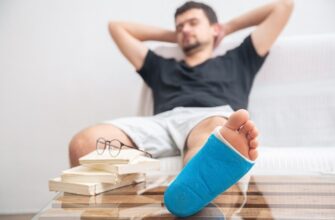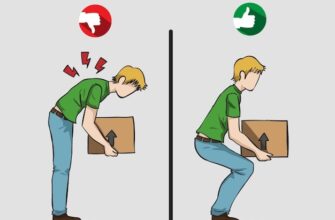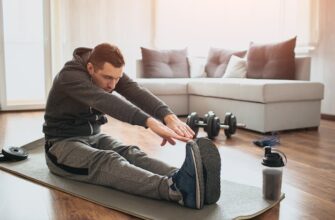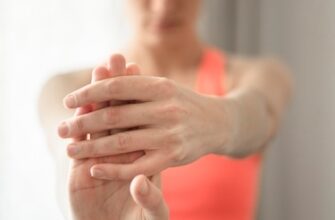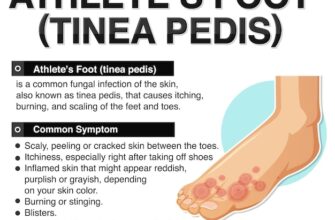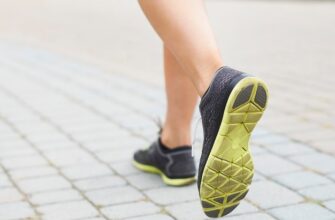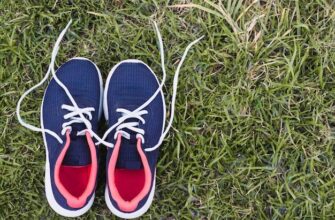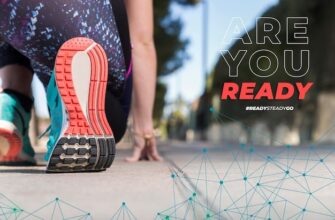Postpartum Plantar Fasciitis Treatment
What is Postpartum Plantar Fasciitis?
Postpartum plantar fasciitis is a common condition that affects new mothers. It occurs when the plantar fascia, a thick band of tissue that connects the heel to the toes, becomes inflamed and painful. This can make it difficult for new mothers to walk or stand for long periods of time, which can be particularly challenging when caring for a newborn.
Causes of Postpartum Plantar Fasciitis
There are several factors that can contribute to the development of postpartum plantar fasciitis. These include:
- Hormonal changes: During pregnancy, the body produces a hormone called relaxin, which softens the ligaments in preparation for childbirth. This can also affect the ligaments in the feet, causing them to stretch and become more prone to injury.
- Weight gain: Many women experience significant weight gain during pregnancy, which can put extra pressure on the feet and lead to the development of plantar fasciitis.
- Footwear: Wearing unsupportive or ill-fitting shoes can increase the risk of developing plantar fasciitis.
- Overuse: New mothers may be on their feet for long periods of time, especially if they are caring for a newborn. This can put excessive strain on the plantar fascia, leading to inflammation and pain.
Symptoms of Postpartum Plantar Fasciitis
The most common symptom of postpartum plantar fasciitis is heel pain. This pain is typically worse in the morning or after periods of rest, and may improve with activity. Other symptoms can include:
- Pain that worsens with standing or walking
- Pain that is worse after physical activity
- Swelling or redness in the heel
- Tightness or stiffness in the arch of the foot
Treatment Options for Postpartum Plantar Fasciitis
There are several treatment options available for postpartum plantar fasciitis. These include:
1. Rest and ice:
One of the first steps in treating postpartum plantar fasciitis is to rest the affected foot as much as possible. Applying ice to the heel can also help to reduce inflammation and relieve pain.
2. Stretching exercises:
Stretching exercises can help to reduce tension in the plantar fascia and improve flexibility. These exercises should be done regularly throughout the day, especially before and after periods of standing or walking.
3. Supportive footwear:
Wearing shoes that provide adequate support and cushioning can help to relieve pressure on the plantar fascia and reduce pain. Avoiding high heels and shoes with minimal arch support is recommended.
4. Orthotics:
Orthotic inserts can be placed in shoes to provide additional support and relieve pressure on the plantar fascia. These inserts can be purchased over-the-counter or custom-made by a podiatrist.
5. Physical therapy:
A physical therapist can provide targeted exercises and treatments to help reduce pain and improve flexibility in the foot and ankle.
6. Medication:
Over-the-counter pain medications, such as ibuprofen or acetaminophen, can help to reduce inflammation and relieve pain. It is important to follow the recommended dosage and consult a healthcare provider before taking any medication.
7. Night splints:
Wearing a night splint can help to keep the foot in a stretched position while sleeping, which can prevent the plantar fascia from tightening and becoming painful in the morning.
8. Corticosteroid injections:
In severe cases of postpartum plantar fasciitis, corticosteroid injections may be recommended to reduce inflammation and provide temporary pain relief. These injections should only be administered by a healthcare professional.
9. Extracorporeal Shock Wave Therapy (ESWT):
ESWT is a non-invasive treatment option that uses shock waves to stimulate healing in the plantar fascia. This treatment is typically reserved for cases that do not respond to other conservative measures.
10. Surgery:
Surgery is usually considered a last resort for postpartum plantar fasciitis and is only recommended in severe cases that do not respond to other treatments. The surgery involves partially cutting the plantar fascia to release tension and relieve pain.
Prevention Tips for Postpartum Plantar Fasciitis
While there is no surefire way to prevent postpartum plantar fasciitis, there are steps you can take to reduce your risk. These include:
- Wearing supportive shoes with proper arch support
- Avoiding high heels and shoes with minimal cushioning
- Maintaining a healthy weight
- Gradually increasing physical activity levels after childbirth
- Using proper body mechanics to avoid excessive strain on the feet
- Stretching and strengthening exercises for the feet and ankles
FAQs about Postpartum Plantar Fasciitis
1. Can postpartum plantar fasciitis go away on its own?
In some cases, postpartum plantar fasciitis may resolve on its own with rest and conservative treatments. However, it is important to seek professional medical advice for proper diagnosis and treatment.
2. How long does it take for postpartum plantar fasciitis to heal?
The healing time for postpartum plantar fasciitis can vary depending on the severity of the condition and the effectiveness of treatment. It can take several weeks or months for complete recovery.
3. Can breastfeeding contribute to postpartum plantar fasciitis?
There is no direct link between breastfeeding and postpartum plantar fasciitis. However, the increased weight gain and hormonal changes associated with breastfeeding can indirectly contribute to the development of the condition.
4. Can postpartum plantar fasciitis affect both feet?
Yes, postpartum plantar fasciitis can affect both feet. It is common for the condition to develop in one foot initially and then spread to the other foot.
5. Are there any exercises that can worsen postpartum plantar fasciitis?
Certain high-impact exercises, such as running or jumping, can exacerbate the symptoms of postpartum plantar fasciitis. It is best to avoid these activities until the condition has healed.
6. Can postpartum plantar fasciitis return with future pregnancies?
There is a possibility of postpartum plantar fasciitis reoccurring with future pregnancies, especially if the underlying factors that contribute to the condition are not addressed.
7. Can wearing flat shoes cause postpartum plantar fasciitis?
Wearing flat shoes with minimal arch support can increase the risk of developing postpartum plantar fasciitis. It is important to wear supportive shoes with proper cushioning to prevent the condition.
8. Can postpartum plantar fasciitis be treated with home remedies?
While there are home remedies that can help alleviate the symptoms of postpartum plantar fasciitis, it is best to consult a healthcare professional for proper diagnosis and treatment.
9. Can losing weight help with postpartum plantar fasciitis?
Losing weight can help reduce the pressure on the feet and alleviate the symptoms of plantar fasciitis. It is important to do so in a healthy and gradual manner.
10. Can physical therapy be effective in treating postpartum plantar fasciitis?
Yes, physical therapy can be an effective treatment option for postpartum plantar fasciitis. A physical therapist can provide customized exercises and treatments to help reduce pain and improve flexibility in the foot and ankle.
Conclusion
Postpartum plantar fasciitis can be a challenging condition for new mothers, but with proper diagnosis and treatment, it can be effectively managed. Rest, stretching exercises, supportive footwear, and other conservative measures can help alleviate pain and promote healing. If conservative measures fail, more invasive treatment options may be considered. It’s important for new mothers to seek medical advice for the best treatment approach for their individual circumstances.





